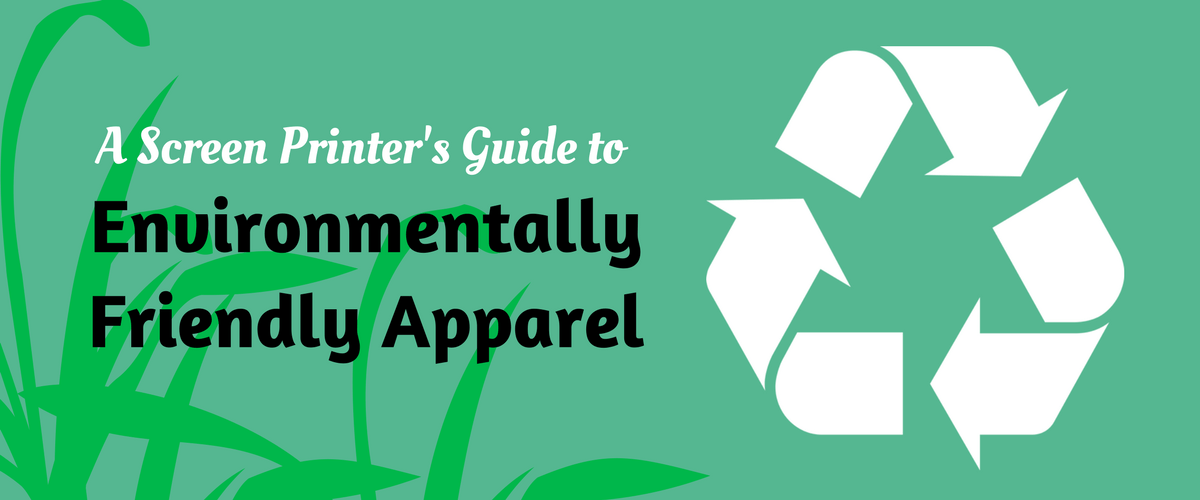

Революция в индустрии трафаретной печати благодаря передовым технологиям и качественному обслуживанию
Anatol Equipment Manufacturing Co.
1429 S Shields Dr
Waukegan, IL 60085


Революция в индустрии трафаретной печати благодаря передовым технологиям и качественному обслуживанию
Anatol Equipment Manufacturing Co.
1429 S Shields Dr
Waukegan, IL 60085

Choosing to print garments that are eco-friendly can help reduce your shop’s environmental footprint…and it can help you attract customers! If you haven’t already, you should be looking to add environmentally friendly apparel to your product offerings.
Once a novelty, environmentally friendly fabrics have become part of everyday life. They can be found everywhere from specialty stores to big box retailers. The millennial generation, which grew up amidst a wave of «green» messages, is now the buying generation, and they’re looking for fabrics for themselves and their children that are less likely to harm their health or the environment. Companies have also turned an eye toward sustainability, meaning there’s a good chance your corporate clients will come to you for branded apparel that’s also eco-friendly.
Ultimately, if you’re not offering eco-friendly apparel, you could be missing out on business. Or, even better, by offering and promoting your eco-friendly garments, you could be attracting new customers and growing your business. Of course, by offering eco-friendly apparel, you’re doing your part to reduce your own business’s impact on the environment.
So what exactly constitutes environmentally friendly apparel? The eco-apparel market is actually quite vast and full of options. Whether it’s referred to as environmentally friendly, eco-friendly, green, sustainable or eco-alternative apparel, goods in this category are produced in a way that’s meant to have a lower impact on the environment. Some popular eco-friendly clothing materials include:

There are plenty of other environmentally friendly fabrics manufactured from a variety of different plants, so keep an eye out for new alternative garments!
While the world of environmentally friendly apparel might seem foreign, choosing which eco-friendly products to offer is just like choosing any other product. Avoiding «greenwashing» is important in your search for the right apparel. Greenwashing refers to the marketing of products as being more environmentally friendly than they really are. It’s crucial that you do your research, examine samples and look for quality products and suppliers. Just like traditional apparel, not all brands are created equal, and the quality of your final printed product will depend on the quality of the garments you purchase.
Looking for more ideas on how to run a greener screen printing shop? Check out this blog post:
How to Make Your Screen Printing Shop More Environmentally Friendly
Your message was successfully sent!